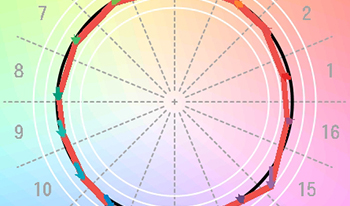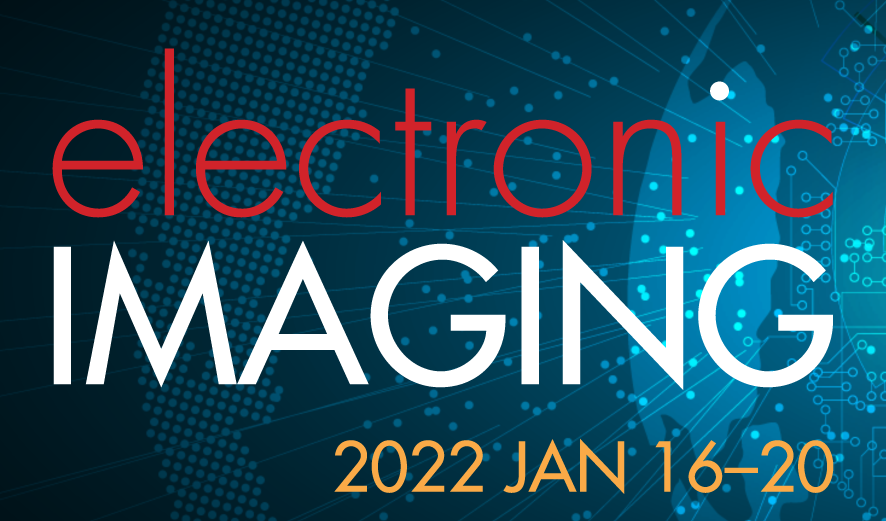
This research explores the application of image color analysis techniques to identify and classify historic photoreproductive processes—such as blueprinting, diazotype, and other early photographic reproduction methods—based on the color signatures they leave on architectural and technical drawings. The objective is to develop a systematic approach for automatically detecting the specific process used in the reproduction of these drawings, which is critical for preservation, restoration, and analysis in historical studies. Digital microscopy is employed to examine original 20th century photoreproductions from a historical technical company's archive in Greece. The processes examined are cyanotype, both positive and negative, diazotype of black and red color of line and Gel- lithography of black and brown lines. The visual features of photoreproductions are analyzed using computational pattern recognition techniques that emphasize the color of lines and type of printing process. The findings computational analysis are cross-referenced, and the resulting variables conclude the classification of prints, according to their colors. The results will contribute to the creation of an effective and accurate identification system for both photographic and photomechanical prints.

Professional digitization of cultural heritage items in the Polish State Archives can be divided into two major branches: digital imaging of transparencies and reflectives. While the latter has been meticulously standardized in accordance with ISO 19264 and domestic guidelines, the case is much different for the former. This paper is aimed at addressing the issue of color in mass digitization projects.

This conference on computer image analysis in the study of art presents leading research in the application of image analysis, computer vision, and pattern recognition to problems of interest to art historians, curators and conservators. A number of recent questions and controversies have highlighted the value of rigorous image analysis in the service of the analysis of art, particularly painting. Consider these examples: the fractal image analysis for the authentication of drip paintings possibly by Jackson Pollock; sophisticated perspective, shading and form analysis to address claims that early Renaissance masters such as Jan van Eyck or Baroque masters such as Georges de la Tour traced optically projected images; automatic multi-scale analysis of brushstrokes for the attribution of portraits within a painting by Perugino; and multi-spectral, x-ray and infra-red scanning and image analysis of the Mona Lisa to reveal the painting techniques of Leonardo. The value of image analysis to these and other questions strongly suggests that current and future computer methods will play an ever larger role in the scholarship of visual arts.

This paper presents an approach to predict the color of skin-with-foundation based on a no makeup selfie image and a foundation shade image. Our approach first calibrates the image with the help of the color checker target, and then trains a supervised-learning model to predict the skin color. In the calibration stage, We propose to use three different transformation matrices to map the device dependent RGB response to the reference CIE XYZ space. In so doing, color correction error can be minimized. We then compute the average value of the region of interest in the calibrated images, and feed them to the prediction model. We explored both the linear regression and support vector regression models. Cross-validation results show that both models can accurately make the prediction.

This conference on computer image analysis in the study of art presents leading research in the application of image analysis, computer vision, and pattern recognition to problems of interest to art historians, curators and conservators. A number of recent questions and controversies have highlighted the value of rigorous image analysis in the service of the analysis of art, particularly painting. Consider these examples: the fractal image analysis for the authentication of drip paintings possibly by Jackson Pollock; sophisticated perspective, shading and form analysis to address claims that early Renaissance masters such as Jan van Eyck or Baroque masters such as Georges de la Tour traced optically projected images; automatic multi-scale analysis of brushstrokes for the attribution of portraits within a painting by Perugino; and multi-spectral, x-ray and infra-red scanning and image analysis of the Mona Lisa to reveal the painting techniques of Leonardo. The value of image analysis to these and other questions strongly suggests that current and future computer methods will play an ever larger role in the scholarship of visual arts.